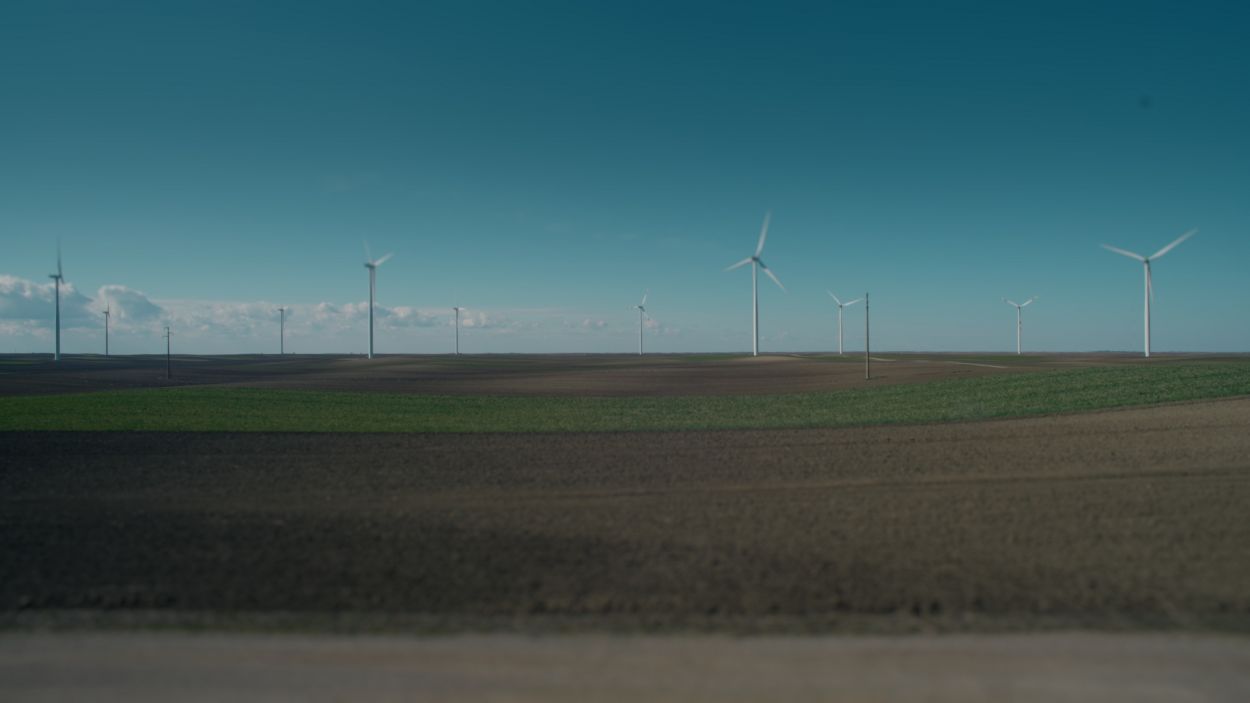Those green windmills: Banat wind for sustainable development and energy independence
Something new on the horizon: on the road from Pančevo to Vršac, in the Banat plain, there are more and more wind farms that produce a large amount of electricity without emissions of harmful gases for the environment.
As these slender windmills testify, Serbia has long been on the path of building a system and infrastructure for a gradual transition to cleaner energy sources for households and the economy.
And Serbia does not travel alone: the European Union helps it with modern legal solutions, good experiences and practices from the member states, but also with grants and favourable loans.
We talked about that in the Alibunar Wind Farm with Ms Danijela Isailović, manager and legal representative of the Association Renewable Energy Sources of Serbia, which was founded in March last year, with the support of the European Bank for Reconstruction and Development.
"The founders of the Association are three licensed producers of electricity: Wind Farm Čibuk 1, Wind Farm Kovačica and Wind Farm Alibunar, the Belgian company Elicio, which is our host here. The transition from fossil fuels to renewable energy sources is inevitable both in Serbia and around the world. It is already happening. In the last six years, seven large wind farms have been built in Serbia, with a total capacity of about 400 megawatts," our interlocutor explains. "The whole planet, and especially the European Union, is committed to the issue of decarbonisation and renewable energy sources are seen as the only possible salvation for the planet, in terms of fighting climate changes and fighting global pollution and warming."
Isailović emphasizes that the citizens of Serbia are increasingly interested in renewable energy sources.
"They are no longer perceived as an alternative but as the future and the present. Everyone is aware that green energy will be the main issue of the Serbian energetics."
And it wasn't always like that. There was a lot of prejudice in the beginning.
"Some did not believe that it would happen in Serbia. It was perceived as something very expensive, uncertain, and now we have a situation where people are slowly realizing that renewable energy sources are the guarantor of energy independence and stability of each country and are the key to sustainable development, one of the 17 goals of the United Nations," Isailović said.
She draws attention to a unique example of responsibility towards the local community in the Banat municipalities of Alibunar, Kovin and Kovačica, where wind farms are located. Two percent of the profits generated by wind farms go directly to municipalities that can use the money for communal, infrastructural, environmental and health projects.
"Specifically, the Alibunar Wind Farm produces electricity, green energy for 38,000 households, and reduces carbon dioxide emissions by 88,000 tons. The Renewable Energy Sources Association of Serbia invites all interested companies dealing with renewable energy sources to join us in this joint work to make Serbia greener."
The European Union is Serbia's largest donor in the field of energy, in which it invested over 830 million euros in grants from 2000 to the end of 2021. The EU is funding projects in Serbia aimed at security of supply, diversification of energy sources, market liberalization and improving energy efficiency. The ultimate goal is to reduce pollution and mitigate climate change, which are the goals
of the European Green Agreement and the Green Agenda for the Western Balkans, which Serbia supported in 2020.
For 2022, the EU is preparing non-refundable support for the entire energy sector of Serbia in the amount of 100 million euros, including 49.6 million for an important project of energy connection between Europe and Serbia - gas interconnector Serbia-Bulgaria.
